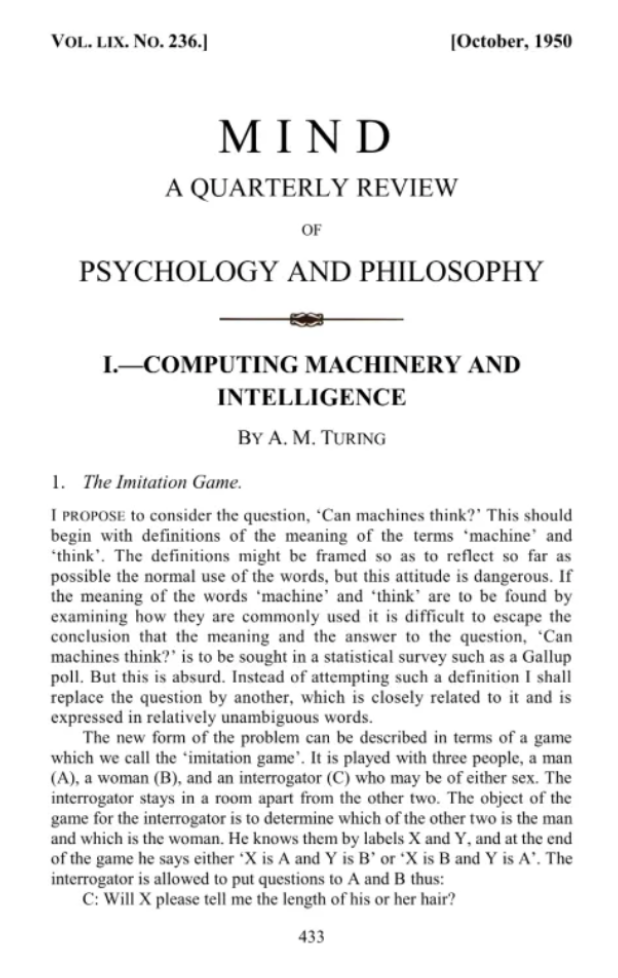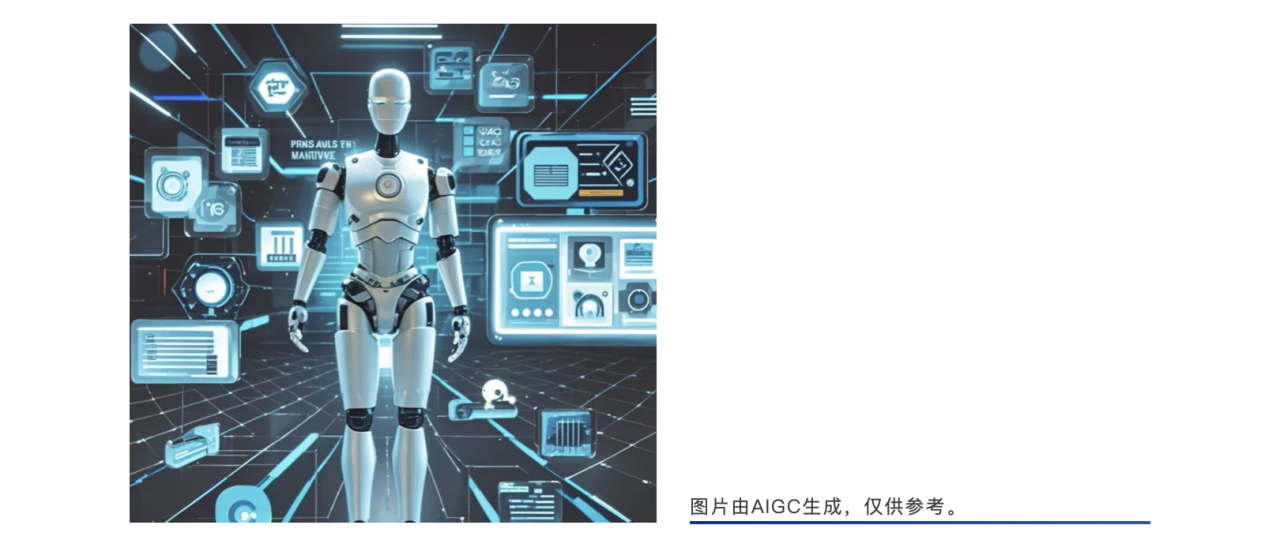

CompuWave
author:产业沟通部—鞠可一
Editor's Note
The official website of the Global Computing Consortium (GCC) launches a series of "Special Research" columns to explore cutting-edge trends and future directions in industrial technology with industry partners, contributing wisdom and strength to industrial development. Today, we present "Embodied Intelligence: Weaving a New Future of Intelligent Interaction through Diverse Technological Paths"—welcome to engage in discussions.

|
|
In the era of rapid technological advancement, embodied intelligence has emerged as a prominent frontier in the field of artificial intelligence. Tracing the early roots of AI thought, Alan Mathison Turing’s 1950 classic "COMPUTING MACHINERY AND INTELLIGENCE" stands out. The concept of machine intelligence first took shape in such academic discourses, planting the seeds for the rise of AI subfields like embodied intelligence and inspiring generations of researchers to explore the essence and realization of intelligence from diverse perspectives.
I. Core Technical Elements and Challenges of Embodied Intelligence
1. Perceiving and Understanding the Physical World
For intelligent agents to act autonomously in the physical world, robust perception capabilities are foundational. While visual perception—using RGB, depth, and normal map data—provides basic information about object shapes, positions, and poses, the complexity of the real world demands more. For example, in logistics warehouses, robots require multimodal perception (infrared depth sensing, tactile feedback, and force sensing) to handle tasks like fragile item transportation. Tactile sensors enable robots to adjust grip based on surface textures, while force sensors prevent damage by controlling force during handling.
Fusing and interpreting multimodal data remains a challenge. Different modalities act as "languages" that need translation to form a unified model of the physical world. Extracting physical commonsense from vast datasets also requires sophisticated algorithms. For instance, manufacturing robots must analyze force feedback, visual deformation, and temperature changes to optimize metal processing parameters. Companies like Noematrix (a leading embodied intelligence firm) are exploring pixel-level analysis of actions like opening a microwave oven to help agents learn physical rules, though scaling this to dynamic environments like logistics remains a hurdle.
2. Decision-Making and Planning
Decision-making and planning are critical for task efficiency and quality. Consider a logistics robot tasked with moving fragile goods from Shelf A to Area B while avoiding obstacles. It must analyze item weight, shape, and fragility; shelf layouts; and obstacle trajectories to plan a safe path. This involves spatial reasoning, precise gripper adjustments, and real-time navigation—all requiring seamless integration of sensory data and predictive models.
Physical commonsense models play a key role in force-position hybrid decisions. For example, robots use geometric and material properties to select optimal grip points and forces for fragile items. However, the high-dimensional complexity of embodied intelligence data (vision-to-action sequences) necessitates adaptive models that transcend brute-force data scaling.

II. Technological Trends and Innovative Practices
1. Evolution of Model Architectures
To address decision-making challenges, architectures are diversifying. Noematrix proposes a "two-stage rocket architecture":
Stage 1: Learn physical operation commonsense through detailed task analysis (e.g., forklift maneuvers in warehouses).
Stage 2: Integrate force-position control for precise manipulation.
Companies like Boston Dynamics incorporate biologically inspired hierarchical control systems, mimicking muscle-skeletal coordination for agile movement in dynamic environments. Meanwhile, multimodal large models like Google’s Palm-E enable robots to interpret language, recognize objects, and execute tasks (e.g., fetching items from drawers), showcasing the potential of cross-modal integration.
2. Data-Driven Skill Acquisition and Extension
Embodied intelligence tasks require efficient skill decomposition and recombination. Two approaches dominate:
Task-flow decomposition: Break tasks into sequential subtasks (e.g., "pick, move, place" in logistics).
Functional decomposition: Split operations into modules like perception, decision-making, and motion control.
Noematrix’s "AnySkill Atomic Skill Library" aggregates atomic skills (indivisible units) from diverse tasks, allowing rapid skill composition. For example, warehouse sorting combines "recognize," "grip," and "transport" skills.
In data-driven learning, NVIDIA uses reinforcement learning and generative adversarial networks (GANs) to simulate trial-and-error training, while Microsoft leverages transfer learning to reduce data dependency. Data quality control is critical—Intel’s RealSense cameras use noise-filtering algorithms and sensor fusion to enhance reliability, while Apple employs encryption and anonymization for privacy in healthcare and smart home applications.
Sim2Real technology bridges simulation and reality. For instance, logistics robots train in virtual environments simulating fluid-solid interactions (e.g., liquid sloshing during transport) before transferring skills to real-world warehouses, minimizing physical damage risks.
3. Robot Design Innovations
Robot design prioritizes flexibility and operational range. Wheeled robots (e.g., Galaxy Universal’s GALBOT G1) dominate due to stability, speed, and cost-effectiveness, excelling in manufacturing, retail, and home scenarios. Bipedal robots, though less stable, offer terrain adaptability for specialized tasks like exploration.
Advancements in hardware—high-resolution sensors, tactile feedback systems, and edge computing units—enable real-time processing of multimodal data. GALBOT G1 exemplifies this by integrating vision, language, and motion for cross-scenario adaptability.
III. Future Outlook
1. Model Development
Models will increasingly integrate physical commonsense and multimodal data, with hybrid architectures (e.g., neural networks and quantum-inspired systems) driving innovation.
2. Data Strategy
Synthetic data and Sim2Real techniques will converge, supported by robust data governance frameworks for quality, privacy, and weight optimization.
3. Hardware and Ecosystem
Robot designs will adopt modularity and advanced materials (e.g., lightweight composites) for scalability. Open standards and industry collaboration will accelerate interoperability and ecosystem growth.
4. Applications
Embodied intelligence will transform industries from manufacturing and healthcare to 深海 exploration, enabling seamless human-robot collaboration and unlocking unprecedented societal value.
As technological frontiers expand, the symphony of innovation in embodied intelligence will continue to reshape humanity’s interaction with the physical world.
For further insights, visit the GCC official website: https://www.gccorg.com